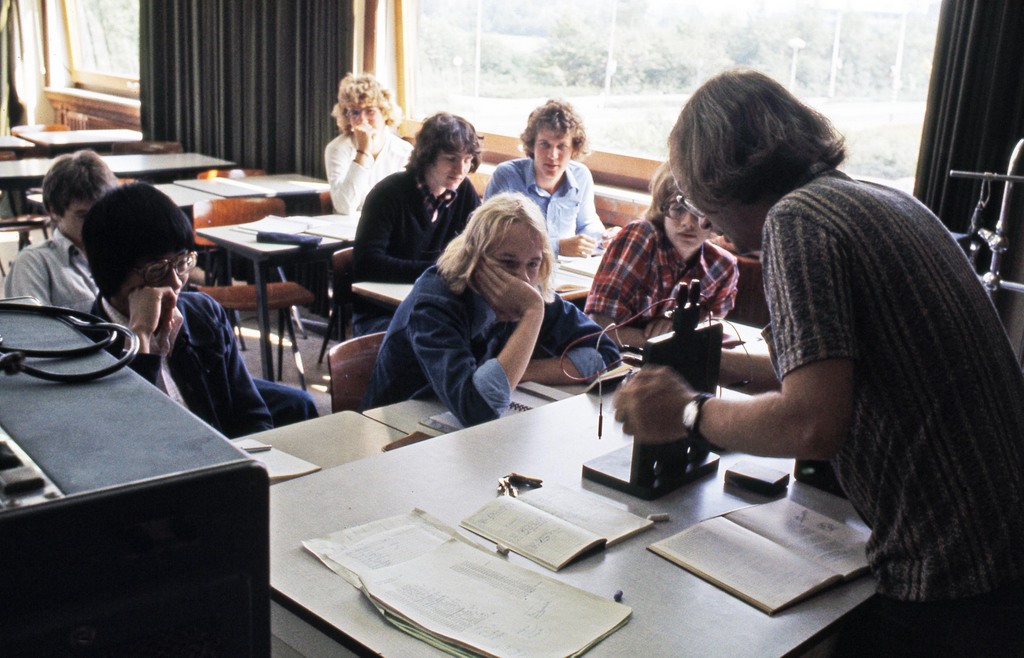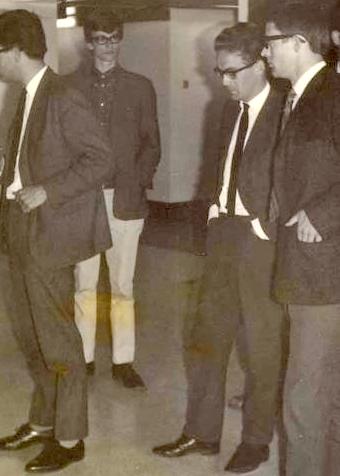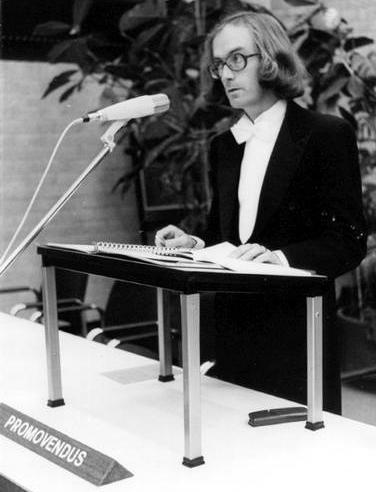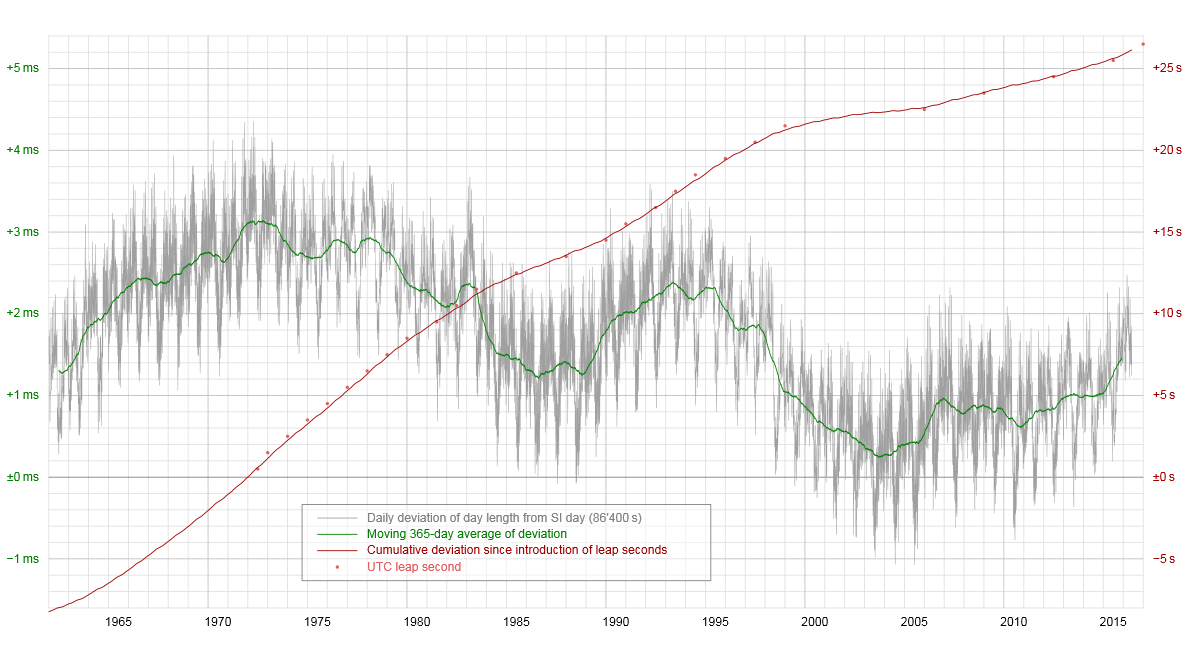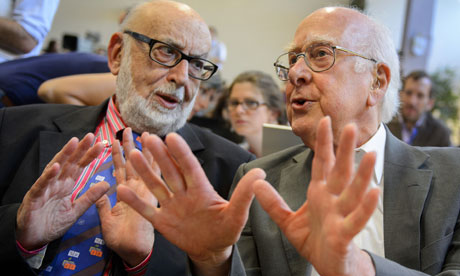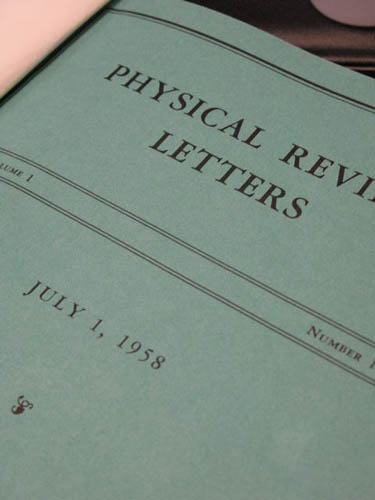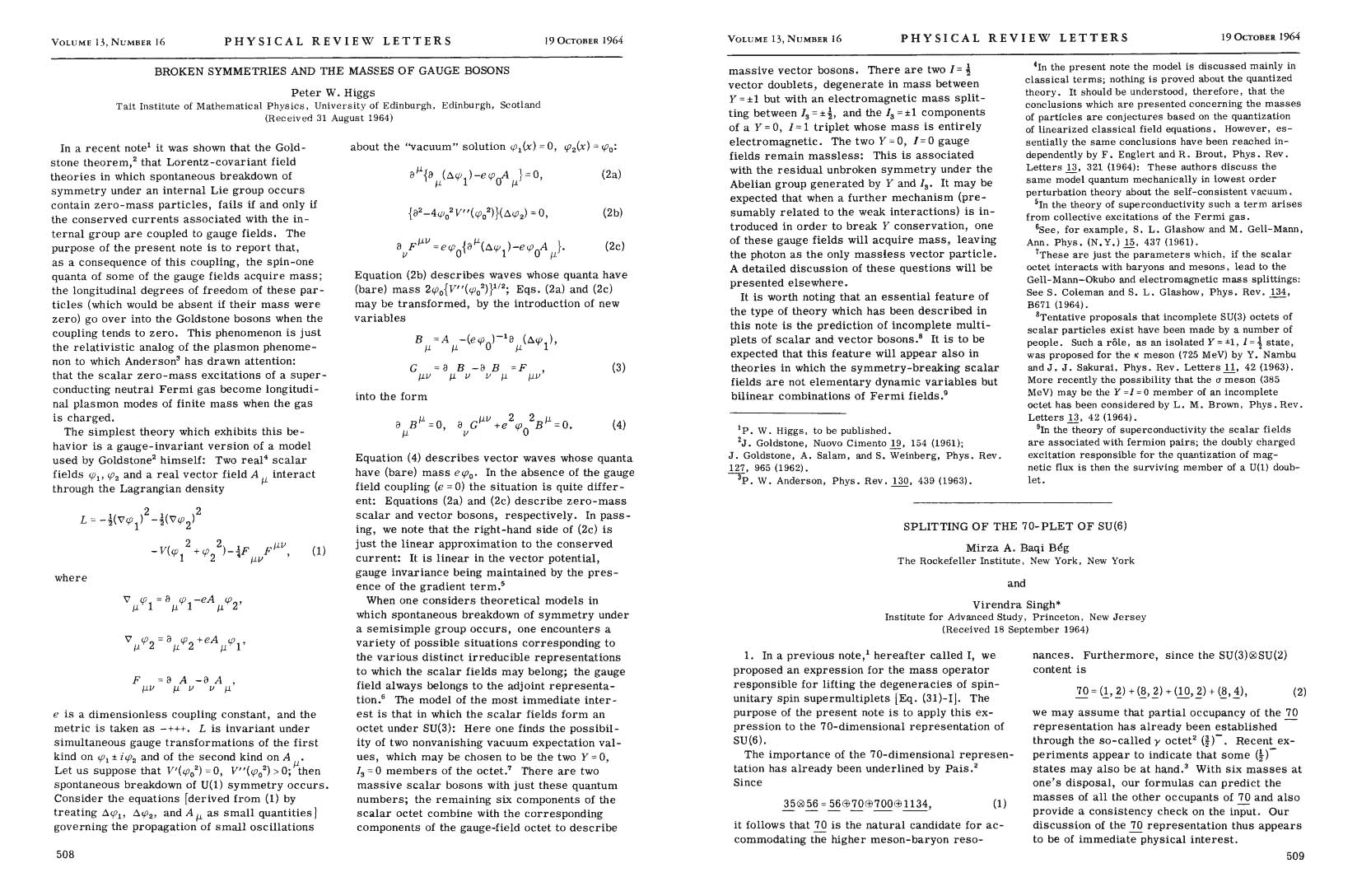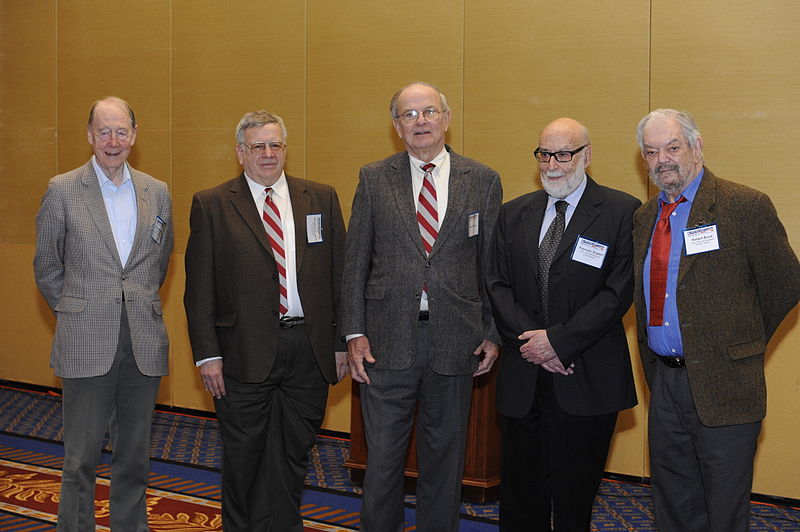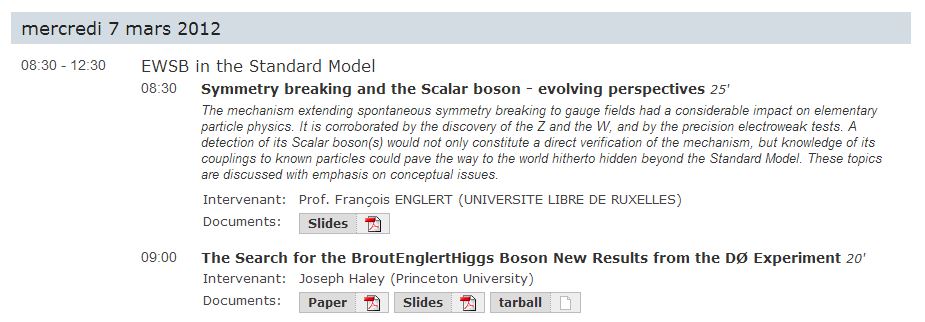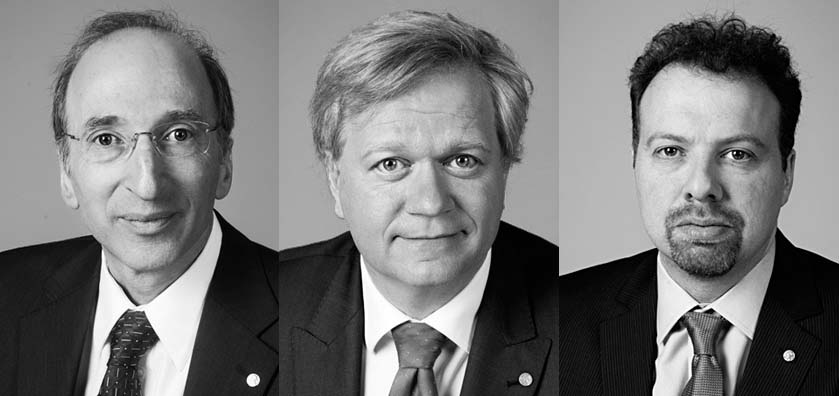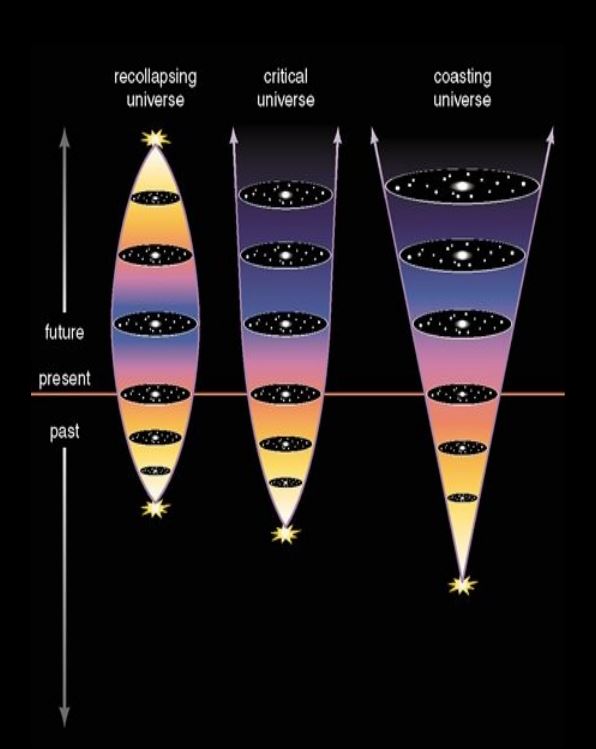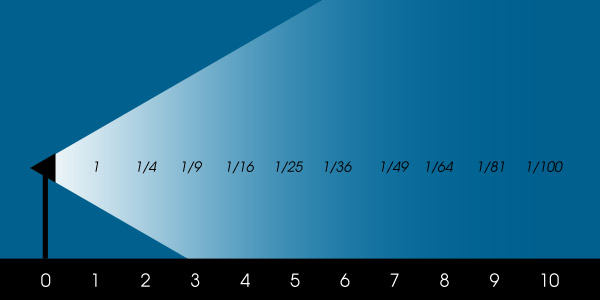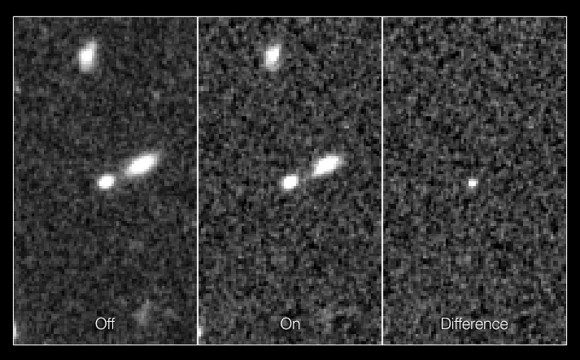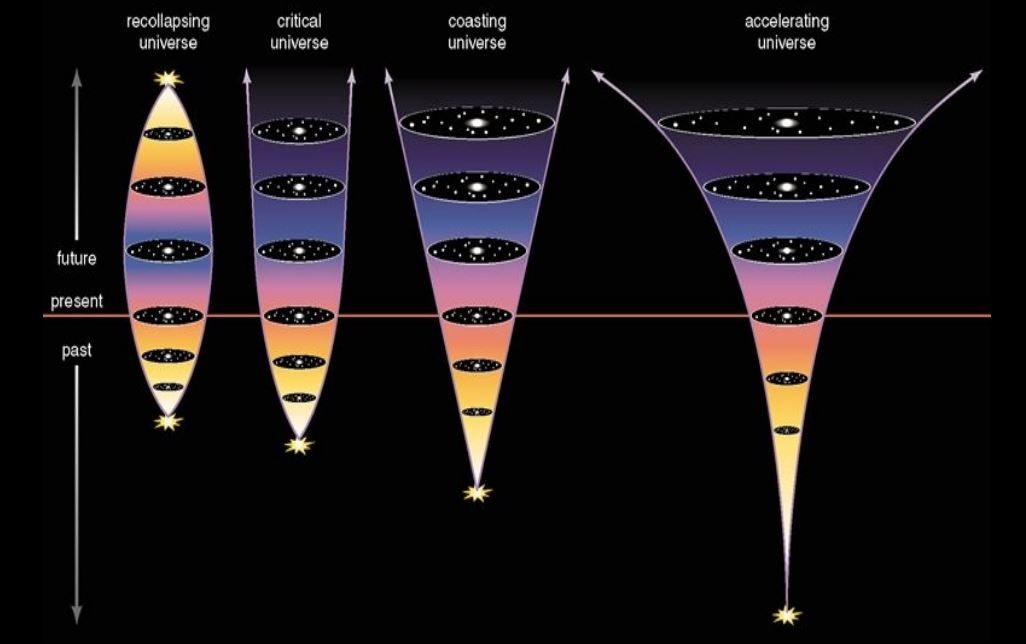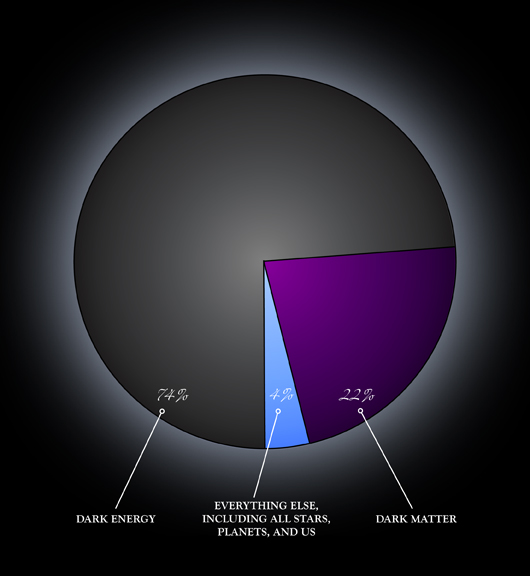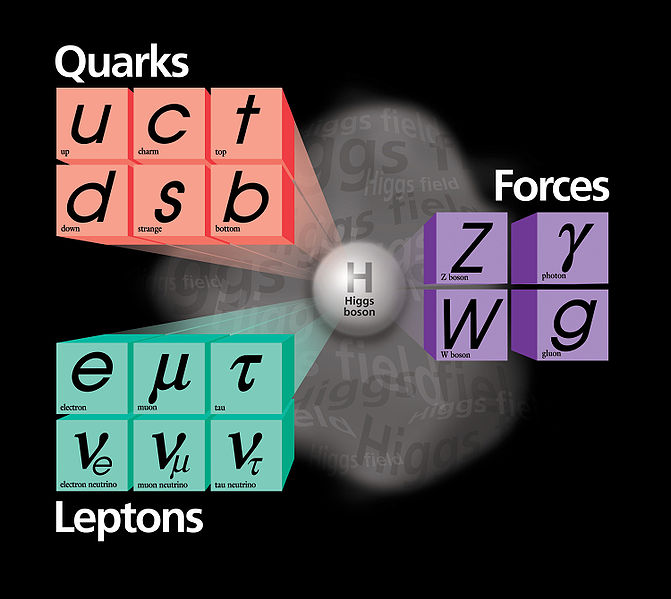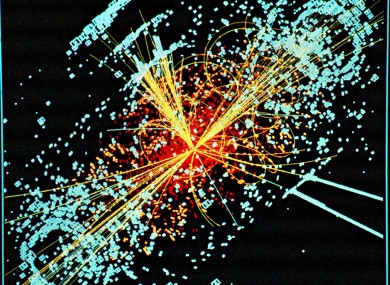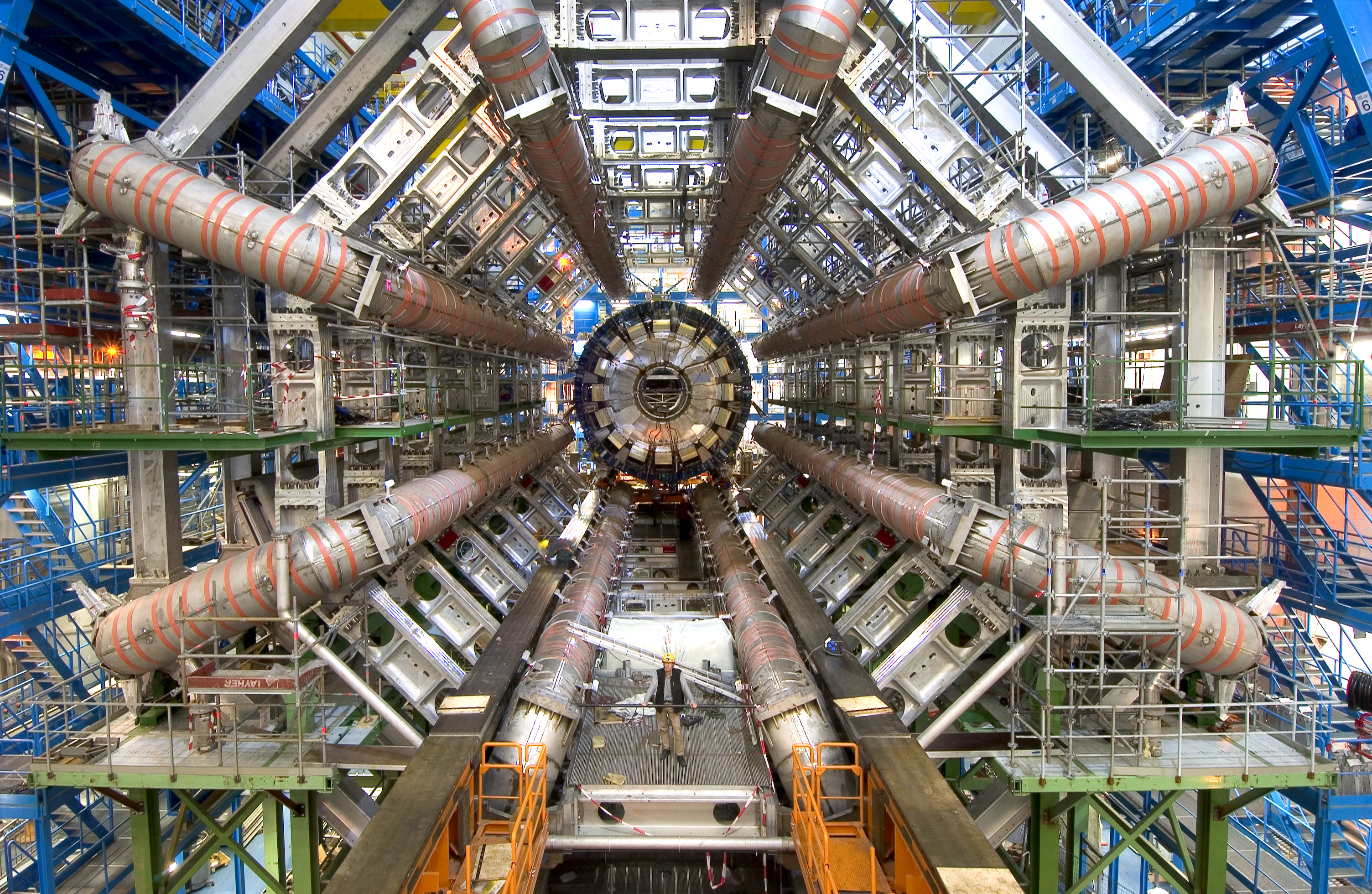A few weeks ago I published a blog post Me as a Physics Teacher. Searching my archive for photos, I came across several pictures taken during my “student” days. So here is a post about my life as a student.
Here is the only photo I have about the start of my “student” life 😉 Taken when I was 5 year old, during my stay at the kindergarten school.
Some photos must have been taken during my primary school time, but I cannot find any in my archive. My results were good, I skipped a class and was only11 year old in 1955 when I went to the Christelijk Lyceum in my hometown Alphen a/d Rijn. In those days a Lyceum was a school type with two courses, a five year one (HBS) and a six year one (Gymnasium). The Gymnasium stream had Greek and Latin as additional languages (besides Dutch, English, German and French) and prepared for university.
I was admitted to the Gymnasium stream. Here is my 2 Gym class in 1956-57. I am standing, fourth from the right.

One year later, class 3 Gym. I am standing in the back row, third from left. Next to me my best school friend Bram and my physics teacher Smit, who played an important role in my decision to study physics.
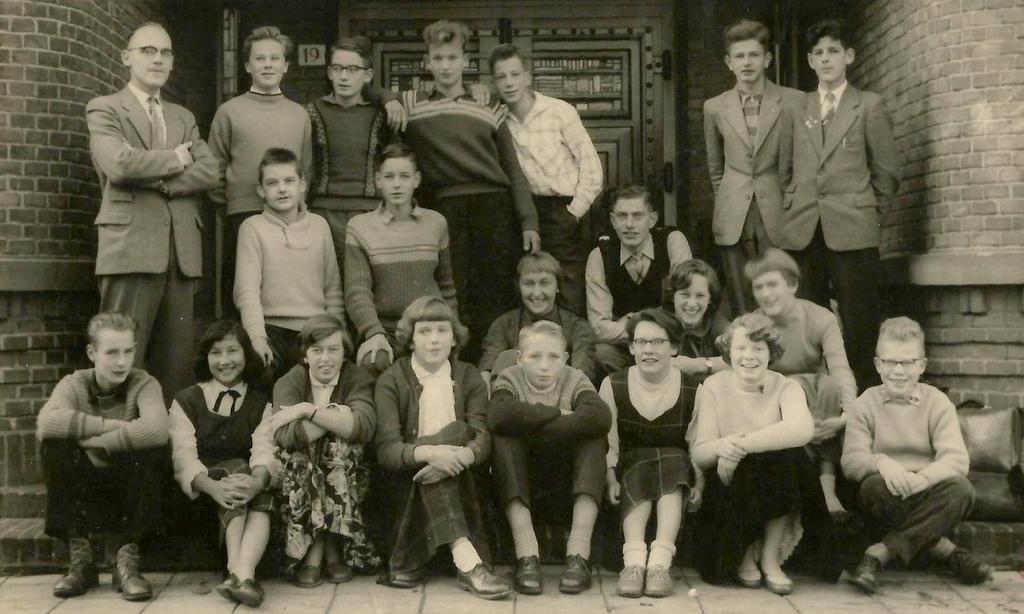
Our Gymnasium class was already quite small, but in class 5 Gym it was split in two, Alpha and Beta. The alphas got more Greek and Latin, the betas more mathematics and science. Here is the small 5 Gym Beta class with our Greek language teacher Flink. He was a nice old-fashioned gentleman, and we accepted willingly the awful smell of his pipe tobacco (smoking in the classroom was still permitted in those days). Can you find me? Sitting in the center, next to my friend Bram.

The usual school photo, in class 5 Gym Beta. February 1960, I am still 15 year old, will be 16 in April.

The final examination for Gymnasium classes was quite special in those days. In addition to the written tests, there was also oral ones, taken by your teacher and a university professor. After an exciting day, the end result was discussed by teachers and visitors in the staff room. We had to wait in a classroom for the verdict. Luckily in our small group everyone passed.
Time to celebrate, here in front of my family house.

Many of us continued our studies at various universities. The famous Leiden University was close to my hometown and a logical choice, but I was the first in my (extended) family to go to university and my parents preferred the Christian Vrije Universiteit in Amsterdam. They managed to find lodgings for me with a nice (Christian) landlady. I was only seventeen year old, in retrospect too young.
I enrolled for physics and mathematics. and I also joined the student corporation of the VU. In those days the student corpora had severe initiation rituals. The aspirant members had their head shaven and were humiliated in many ways a couple of weeks, before they were accepted. Here is a picture I found on the Internet, taken in 1961. I still vividly remember the experience.

At the end of 1961 a few of my classmates had a kind of reunion. Our favorite teacher of Dutch language, Miss Dubbeldam, was also present. Notice that my hair is growing back already, pity that I don’t have a picture when my head was clean shaven.
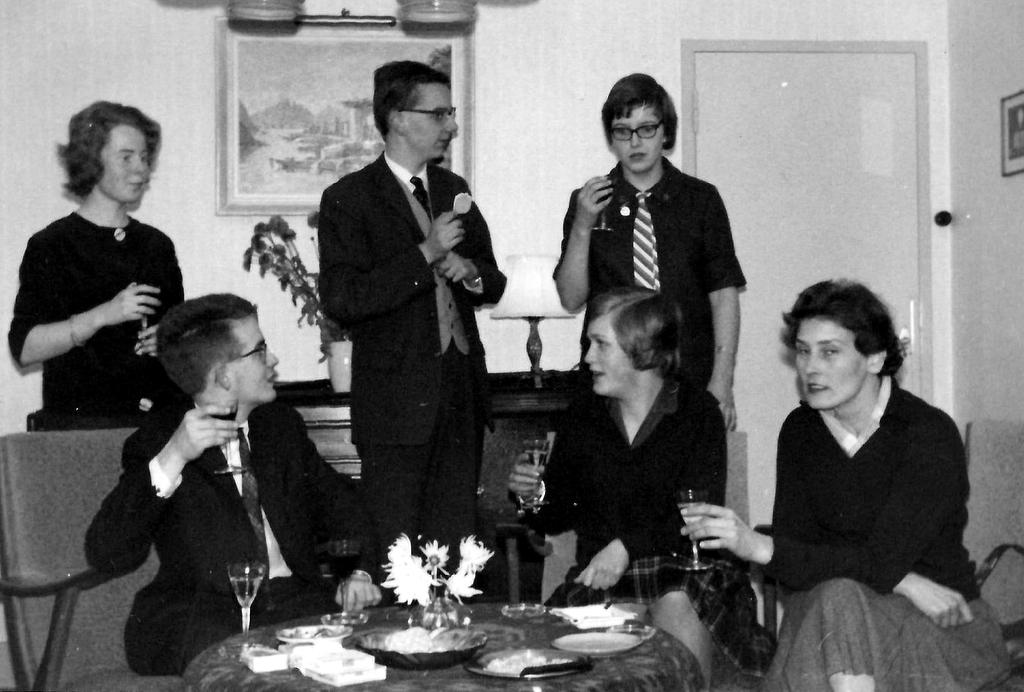
My room in Amsterdam was actually a kind of garden house. Private, but to reach it, I had to pass through the house of my landlady. Here I am standing in front of my rooms, around 1963. I did not really enjoy those first years at university, as soon as the lectures finished (Saturday morning!) I took the bus back to my hometown and stayed there with my family until Monday morning.
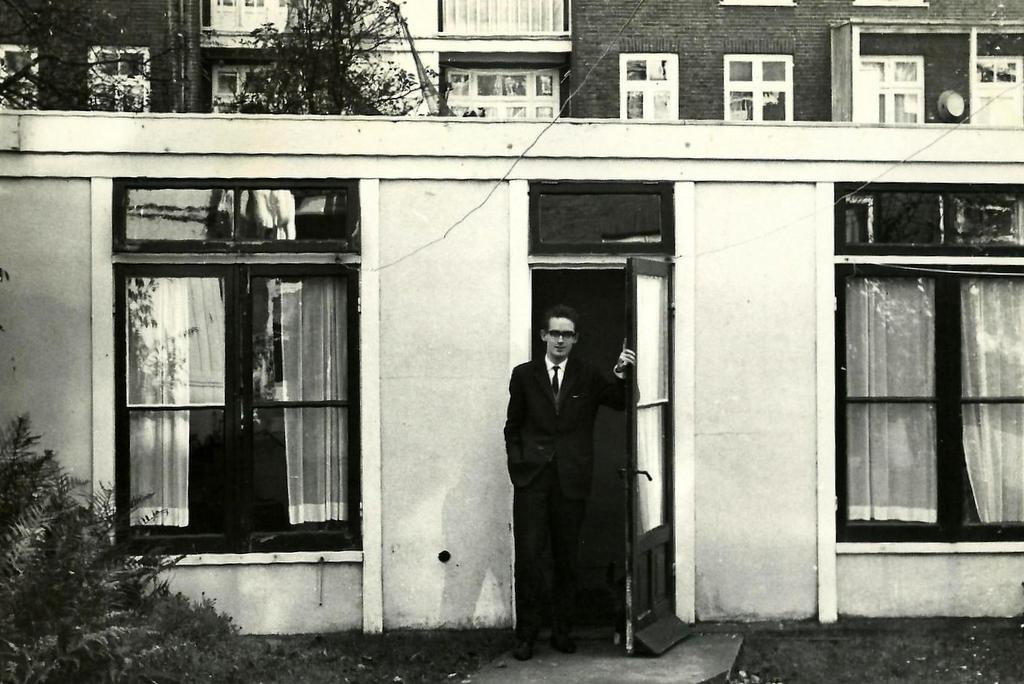
After I was accepted in the student corporation, I became a member of the sorority (“dispuut”) Odysseus. Weekly we met for drinks and there were regular meetings, where you could train/show your oratorical skills. A nice “cultural” dispuut, but still too macho for the immature guy I was. After a few years I left the club.
I had a few good friends. One of them is Nellie, we first met when we were both freshmen, more than 60 year ago. Here I have joined Nellie at a party of her :”dispuut” Notice how formally dressed I am, in a three-piece suit..
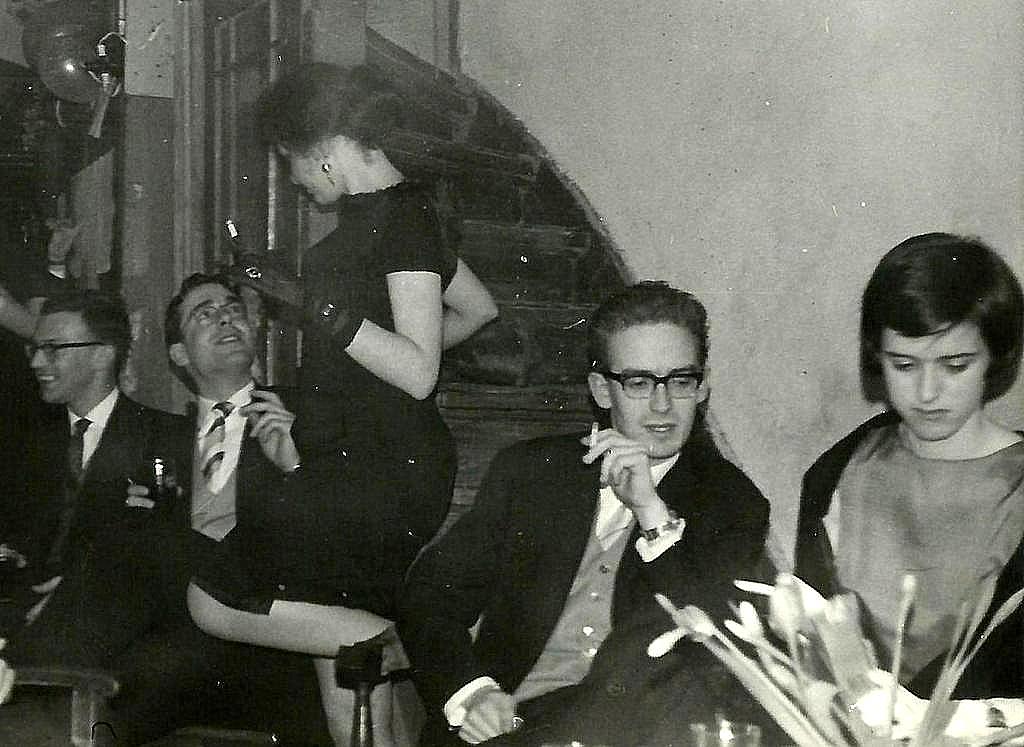
I was a diligent student. On the wall of my room the certificate that I was a member of the student corporation.
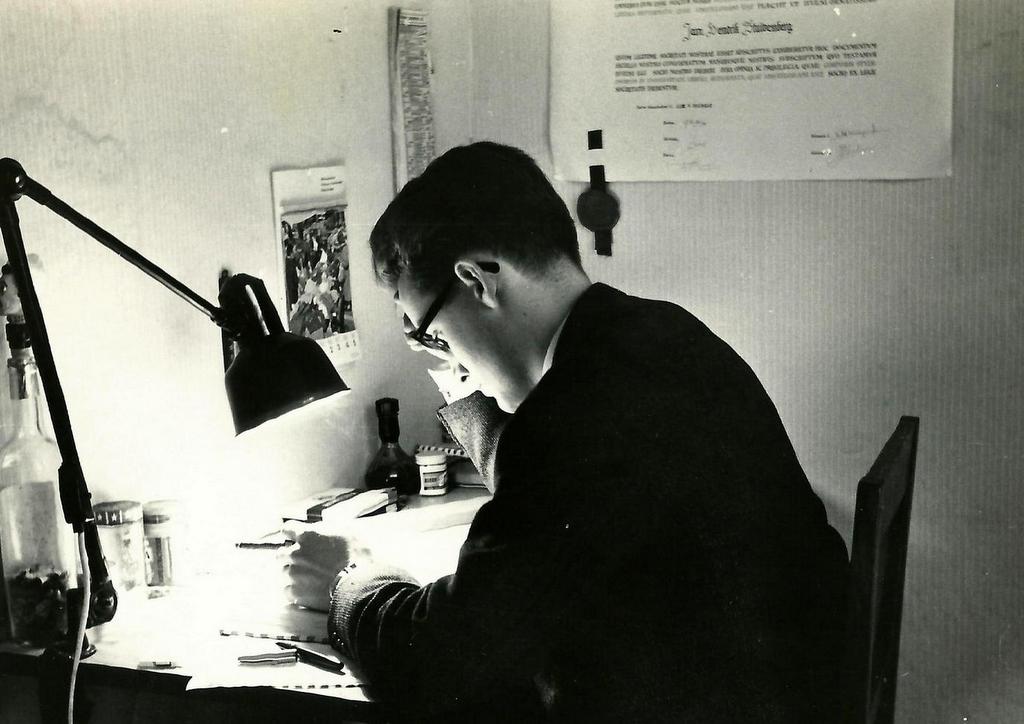
In my room with some more friends. Jan, my best friend in those days, is trying to sing something from Bach. We were a serious bunch.
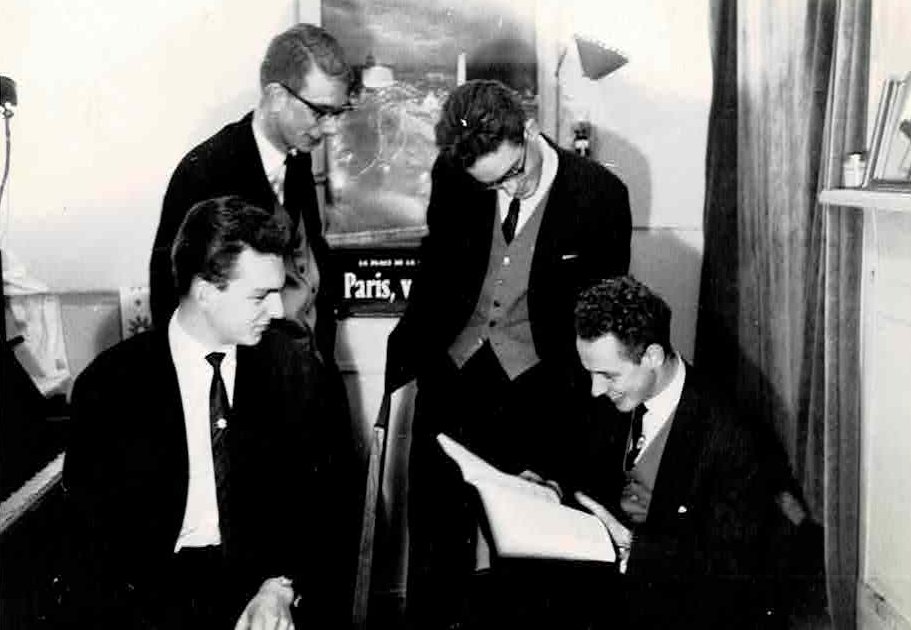
Pictures taken at the same time. I had bought an old piano and was still following piano lessons in my hometown. It must have been a party, with the bottles stored in the piano, but I don’t remember what we celebrated. .
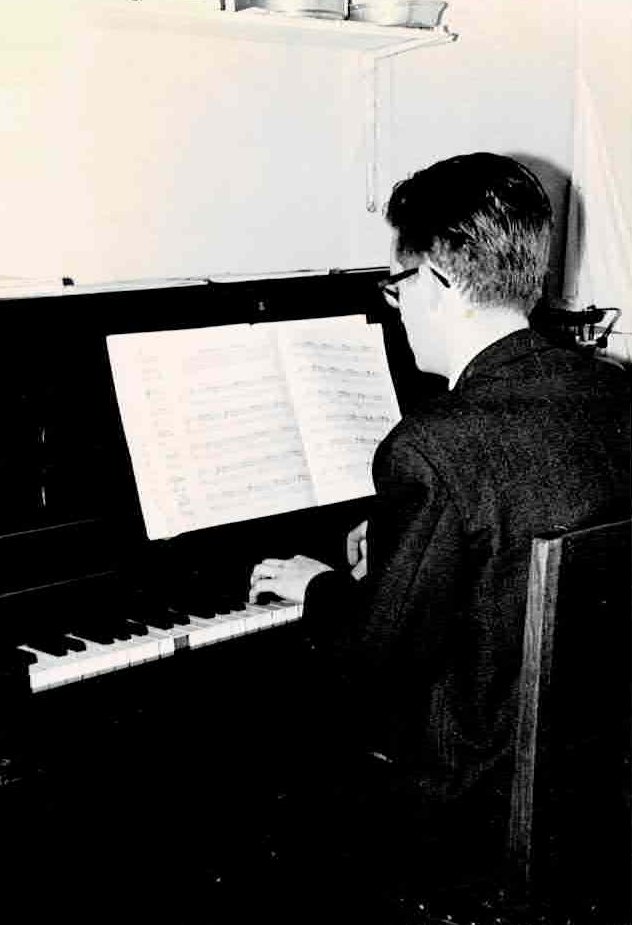

In those days university studies were split in two parts , the “kandidaatsexamen” and the “doctoraalexamen”, more or less equivalent to present day Bachelor and Master degrees.
I passed my “kandidaats” in 1965. In those days taking four years for this degree was quite normal. For the second phase, we had to follow lectures, pass tests, but also .work in the physics laboratory, taking part in excursions to other universities etc. I chose nuclear physics as a specialism and worked in a group, led by Anne de Beer, who was doing research for his PhD thesis. A very enjoyable few years
In 1967 I took part in a trip to the UK where we visited several laboratories
At the end of the trip we enjoyed a nice dinner. Notice that we are smoking cigars.

At the end of 1967 an important event took place in my life, resulting in a big change in my outward appearance. It was hippie time, my hair grew longer, my clothing became informal and I got interested in popmusic. See my blog Musical Nostalgia.
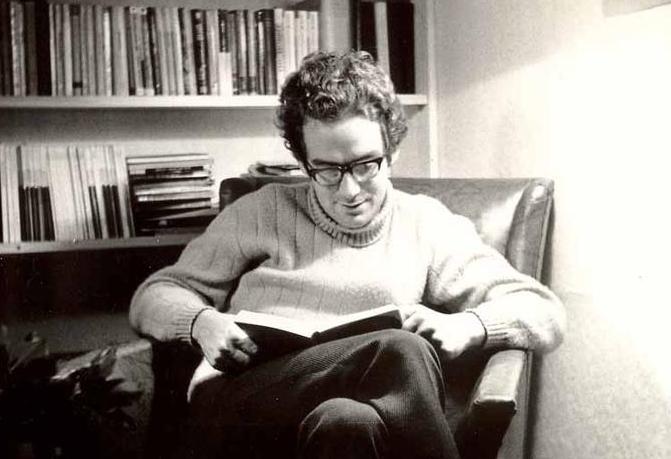
In those days military service was still compulsory, but you got a deferment if you studied. In 1968 I was given a test to determine whether I had leadership qualities. It was fun, here I am (no 26), I didn’t try to qualify because I had already decided to become a conscientious objector in case I had to go into military service.

Anne, the leader of my group defended his dissertation on 20 December 1968. He asked me and another student to be his paranymph, an old tradition. Formally dressed in white tie, but with long hair, I was of course subject to funny remarks.

A few months later I obtained my doctoraalexamen (Master of Science degree), I became a doctorandus .My university asked me if I would like, to stay , get a part-time job as scientific assistant and do research for a Ph.D. .I was honored and accepted. As my interest was more in theory than in experiments, it was decided that I would do research in theoretical nuclear physics.
Although I was no longer a student, I was still entitled to a student identity card

For various reasons it took me a rather long time to do my research and write my thesis. Here are a few pages of my thesis.
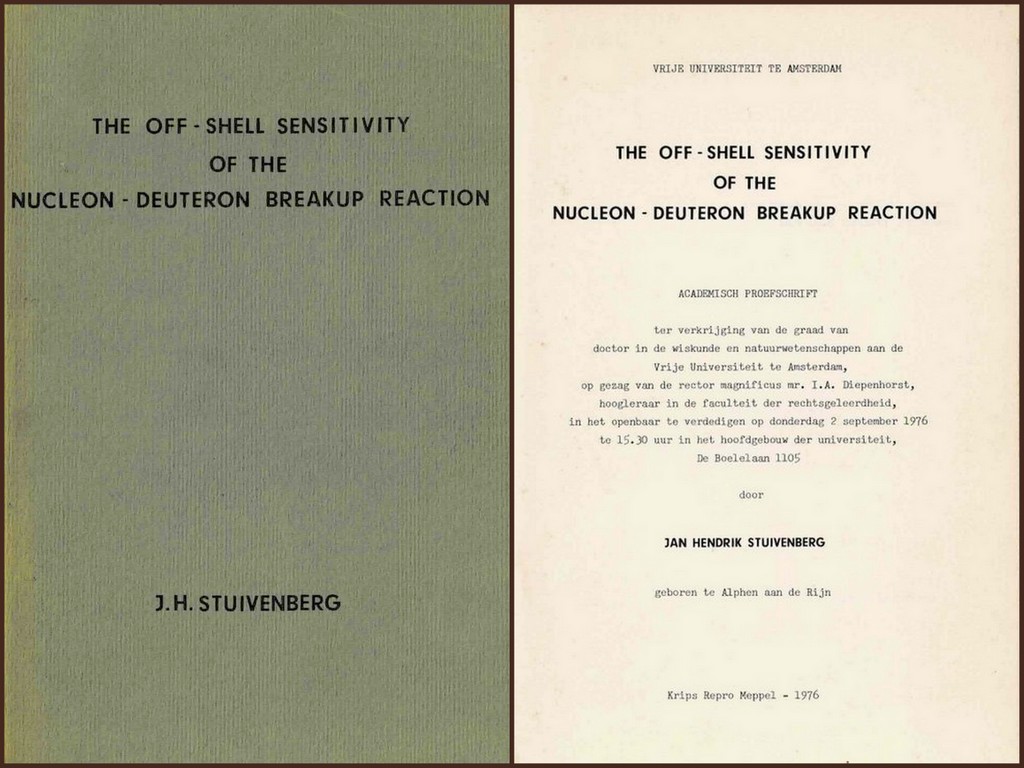
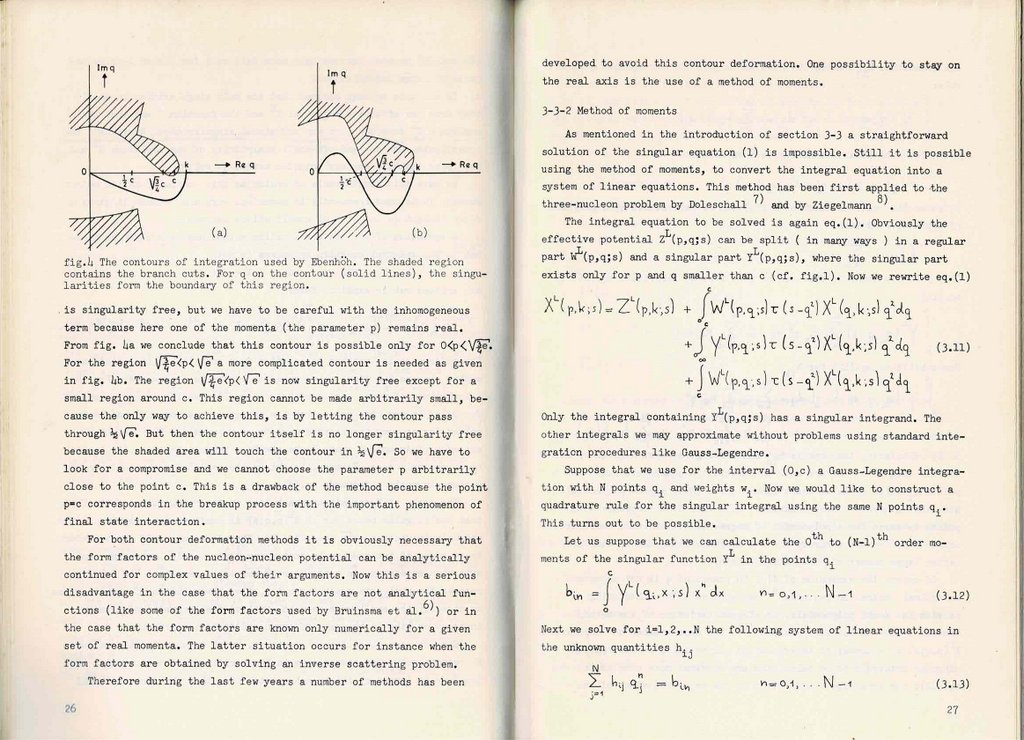
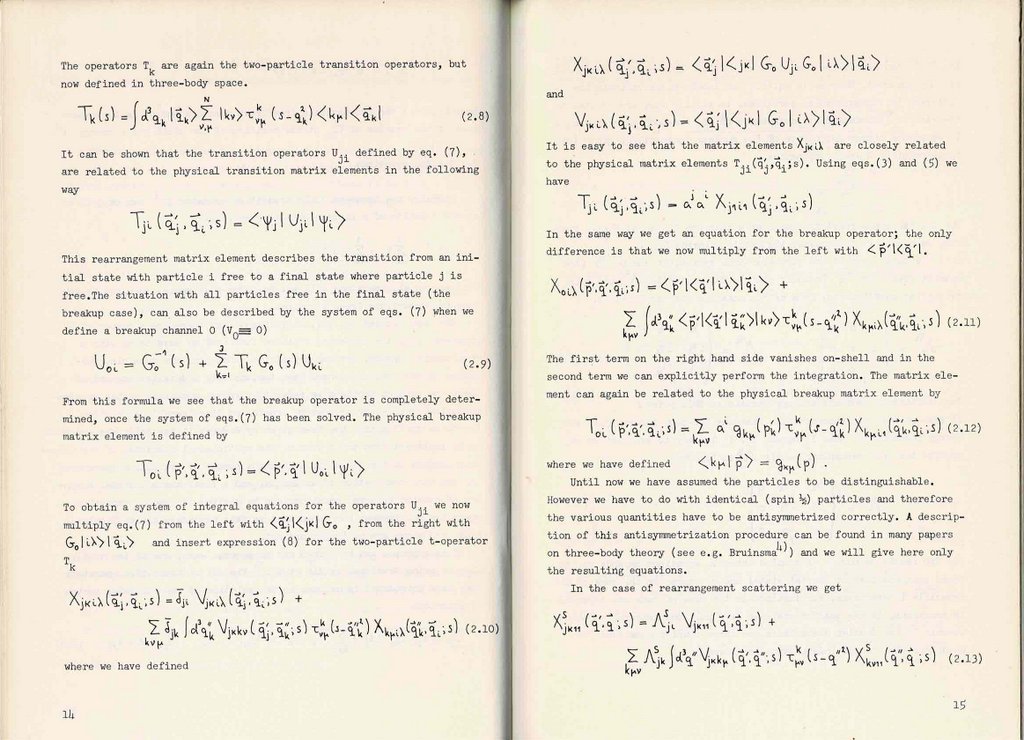
Here I am defending my thesis, 2 September 1976. Paranymphs were no longer needed.
It was a public ceremony, colleagues from the physics faculty were present, my proud family on the first row. My physics teacher from the Lyceum was there (second row, second from right), I had already accepted a job as physics teacher and started a few weeks earlier. The principal of my new school was there and a teacher colleague with a few young pupils from one of my classes (one row below the top row, in the middle).

That was the end of my academic career, although I still published an article about my research in 1978
